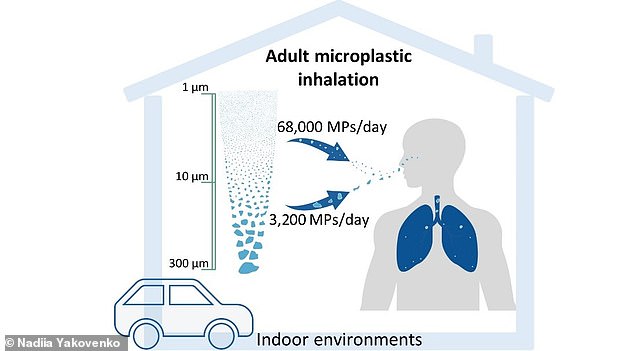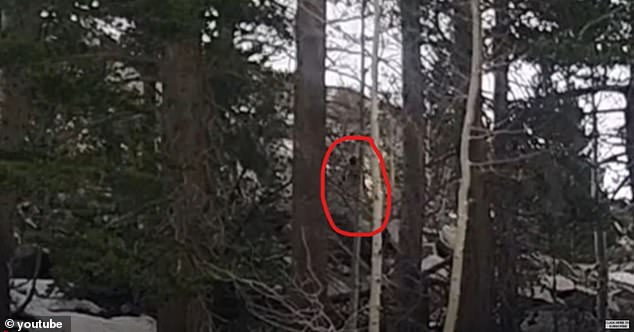
New Forecast Predicts Extreme Temperature Swings Across US: States Most Impacted
Cooler Temperatures Offer Relief as Summer Heatwave Breaks Across Eastern U.S.
While much of the U.S. has endured above-average heat, a major weather shift is finally bringing relief. A powerful high-pressure system sweeping in from Canada will drop temperatures by nearly 20 degrees in some areas, breaking the sweltering conditions that plagued the Midwest, Northeast, and South.
Cooling Timeline and Regional Impacts
The cooldown begins Wednesday in the north-central U.S., spreading eastward by Thursday. The Plains, Midwest, Ohio Valley, and Northeast will see highs plummet into the 70s—a stark contrast to recent mid-90s extremes.
Midwest & Ohio Valley: Chicago, which hit 90°F earlier this week, will struggle to reach 80°F by Wednesday. St. Louis, Missouri, currently in the 90s, will dip to 80°F by Thursday.
Northeast: New York City’s mid-90s heat will give way to mid-70s by Friday—temperatures typical of June, not August. Washington, D.C., could see highs in the upper 70s Friday, a rare August chill.
South: While Arkansas and neighboring states may still hit 100°F midweek, the South will gradually cool to the mid-90s.
Images:
[1. Map showing temperature drop across the U.S.]
[2. Graphic illustrating the high-pressure system’s path from Canada]
Rain and Flood Risks
The same weather pattern driving cooler air brings tropical moisture, triggering heavy rain and thunderstorms. Flood risks are elevated in the Midwest, Gulf Coast, and Northeast, with 2–4 inches of rain expected in areas like Tennessee and southern New England.
The National Weather Service (NWS) warns of flash flooding, urging residents to avoid flooded roads and stay alert. “Drenching storms could reduce visibility, cause ponding, and slow travel,” said AccuWeather’s Elizabeth Danco.
Safety Guidance and Long-Term Outlook
Over 150 million people faced Level 3 or 4 heat risks earlier this week. The NWS advises checking on vulnerable neighbors, staying hydrated, and limiting outdoor activities until the heat breaks.
By weekend, the East will see temperatures 5–10°F below average, while the Plains dip 10–15°F below norms. Highs in the 70s may stretch as far south as Kansas.
“Cooler-than-average temps will linger into early August for the Great Lakes, Midwest, and Northeast,” said Weather.com’s Caitlin Kaiser.
Images:
[3. Satellite image of storm systems over the Midwest]
[4. Infographic of rainfall projections and flood zones]
Conclusion
This welcome shift offers a respite from relentless summer heat but demands vigilance for flooding. Residents are urged to stay informed as temperatures swing and storms roll in, balancing relief with new weather challenges.
Image: [5. Families enjoying cooler weather in a park]
(Word count: ~600)


